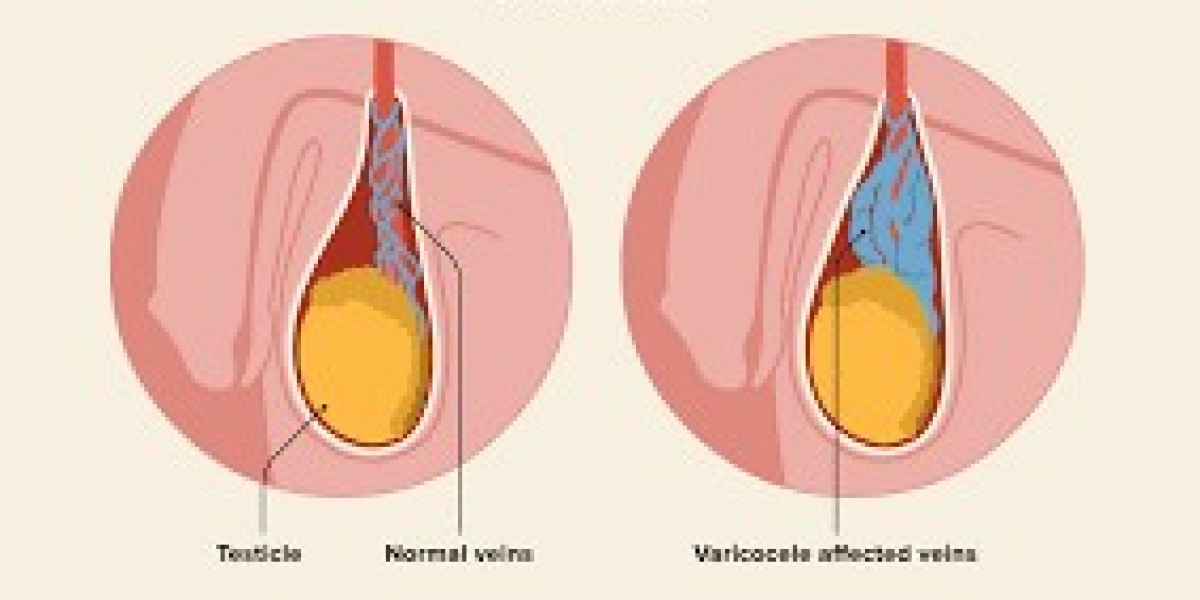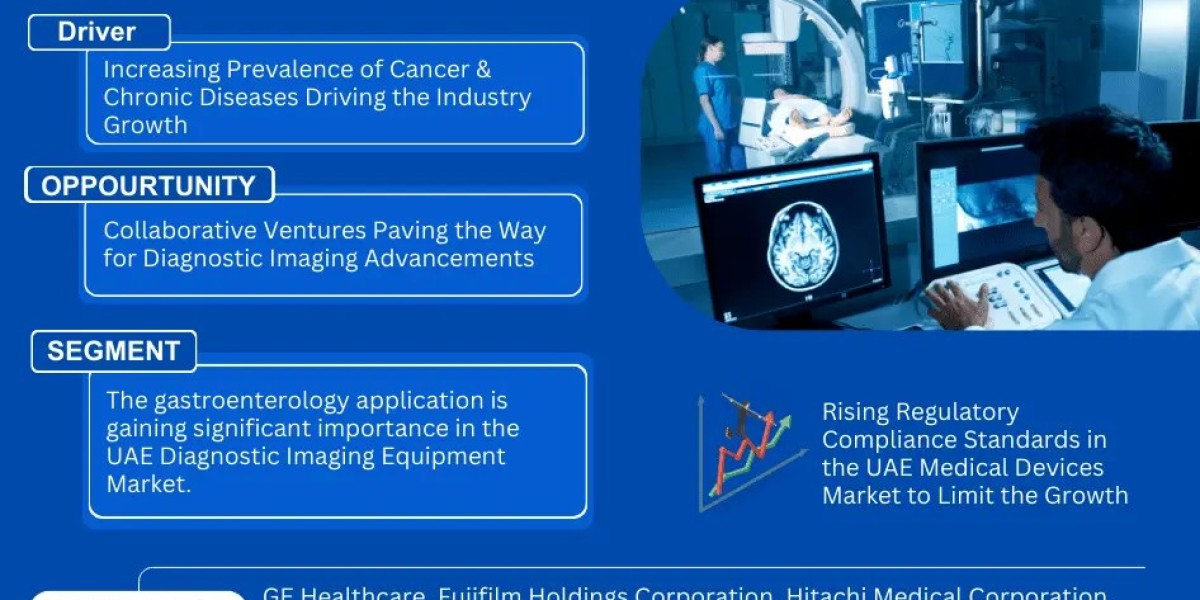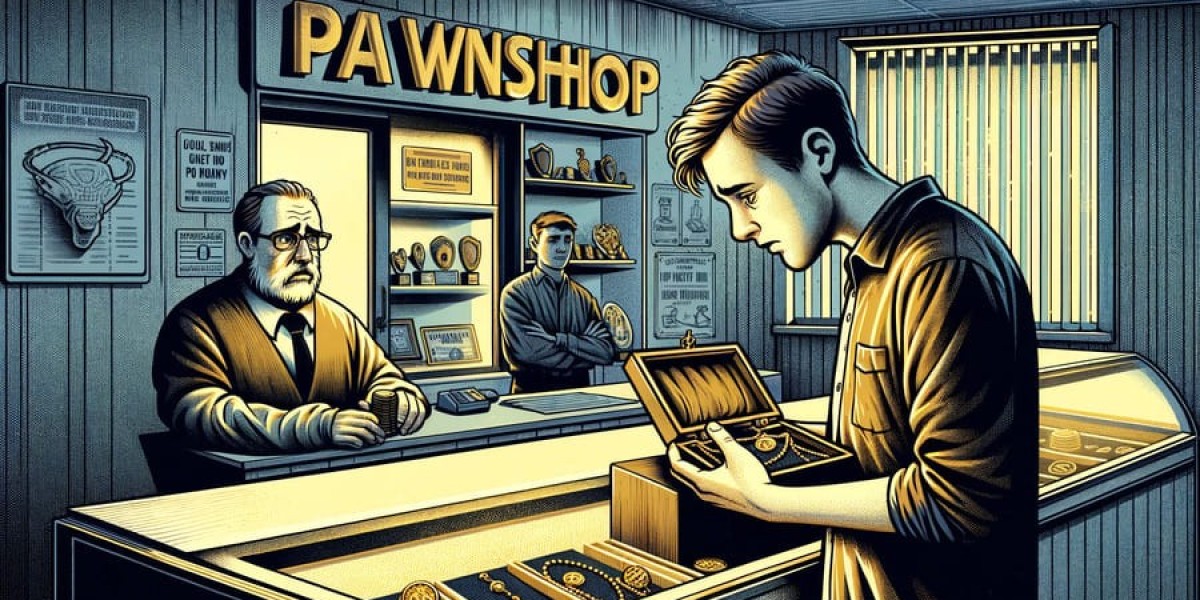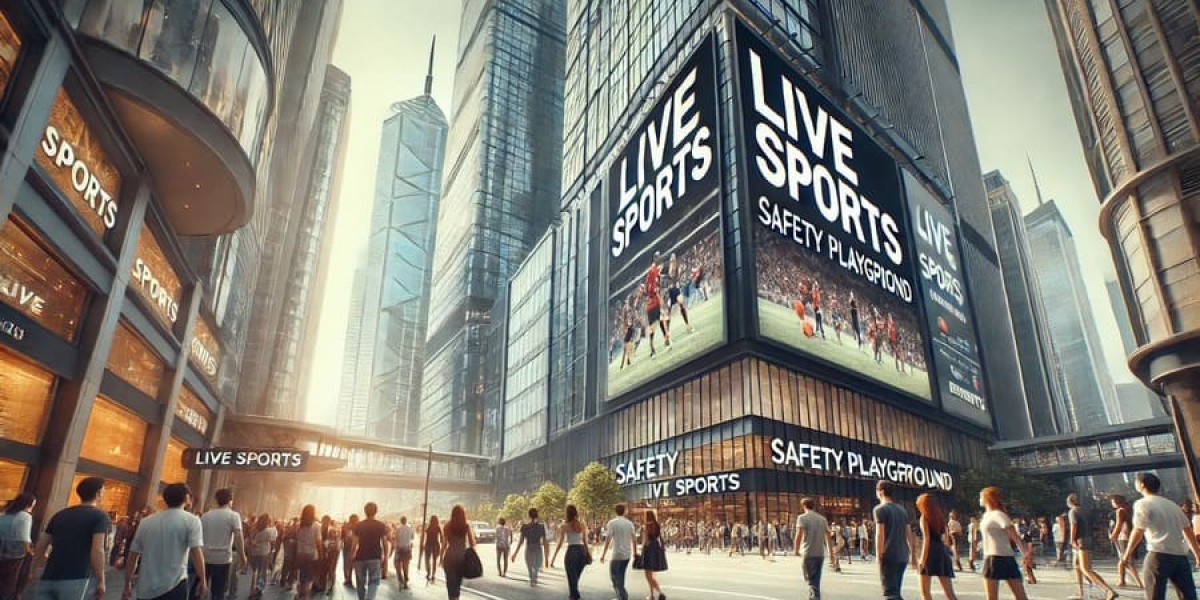Introduction
For many men, working out is not just a fitness routine—it’s a lifestyle. Whether it’s lifting heavy weights, doing HIIT sessions, or long runs, staying fit plays a huge role in overall wellness. But sometimes, while chasing physical perfection, a few unexpected health issues crop up—varicocele being one of them.
A common question arises: Can hitting the gym actually cause or worsen varicocele? This condition, which involves enlarged veins in the scrotum, can be uncomfortable and concerning, especially if you’re trying to conceive or dealing with discomfort.
This article breaks down everything you need to know: what varicocele is, its connection with workouts, symptoms to watch for, and how to protect your health without giving up your fitness goals.
What is Varicocele?
Varicocele is a medical condition where the veins inside the scrotum (pampiniform plexus) become enlarged, similar to varicose veins in the legs. These veins are responsible for draining blood from the testicles. When they become dilated or twisted, blood flow can be disrupted, leading to a pooling of blood, increased scrotal temperature, and even decreased sperm production.
It most commonly affects the left side of the scrotum due to anatomical reasons and is found in around 15% of healthy males and up to 40% of men evaluated for infertility.
Symptoms of Varicocele
While many men with varicocele don’t experience any symptoms, others may notice:
A dull ache or discomfort in the scrotum
Heaviness in the testicles, especially after standing or physical activity
Visible or palpable enlarged veins (like a "bag of worms")
Testicular shrinkage (atrophy)
Fertility issues or decreased sperm quality
The symptoms can vary based on the severity of the varicocele and lifestyle factors such as physical activity.
Causes of Varicocele
Varicocele develops when valves inside the veins in the spermatic cord prevent proper blood flow. Instead of flowing smoothly, blood backs up, causing veins to dilate. Some of the contributing factors include:
Genetic predisposition
Weak vein walls or faulty valves
Increased abdominal pressure
Prolonged standing or physical exertion
Age (often starts during puberty)
But where does the gym come into play in this scenario?
Gym Workouts and Varicocele: Is There a Connection?
The short answer is: Yes, but it’s more complicated than it seems.
Weightlifting and Intra-Abdominal Pressure
Heavy lifting, especially with improper technique or breath-holding (Valsalva maneuver), can increase intra-abdominal pressure. This spike in pressure can put stress on the veins in the lower abdomen and scrotum, possibly worsening or triggering a varicocele in men who are already predisposed.
Straining and Venous Backflow
Repeated straining while lifting weights or during high-intensity workouts may promote venous backflow. Over time, this can lead to the dilation of veins in the scrotum.
However, the Gym Isn’t the Villain
Exercising itself doesn't cause varicocele outright. It might exacerbate an existing or developing condition, especially when workouts include:
Excessive heavy lifting without rest
Lack of warm-up or cooldown sessions
Poor lifting techniques
Ignoring early signs of discomfort in the groin
So, if you’re a fitness enthusiast worried about varicocele, there’s no need to quit the gym. Instead, focus on balance and proper form.
Preventing Varicocele While Staying Fit
Here’s how to continue your fitness journey while minimizing your risk:
1. Master Your Form
Proper technique is everything. Use correct postures, avoid straining, and breathe properly during lifts. If unsure, consider working with a certified trainer.
2. Don’t Skip Leg Days—But Do Them Right
Leg exercises like squats and deadlifts involve core and lower body strain. Reduce risk by moderating weights and avoiding excessive straining.
3. Wear Supportive Gear
Athletic supporters or compression shorts help maintain proper positioning of the scrotum and reduce strain on veins during exercise.
4. Hydrate and Rest
Dehydration thickens blood, increasing vein pressure. Also, lack of rest can compromise vein health. Make sleep and hydration non-negotiable.
5. Take Breaks Between Heavy Sets
Give your body enough time to recover between sets to avoid constant strain on your abdominal and pelvic areas.
6. Include Cardiovascular Exercise
Cardio improves overall blood flow and vascular health. Regular walking, swimming, or cycling can support vein function without excessive pressure.
When to See a Doctor
If you notice discomfort in your scrotum that worsens after workouts or you’re dealing with fertility issues, it’s time to consult a urologist. Early detection can prevent complications and improve your quality of life.
Signs that need medical attention include:
Persistent scrotal pain
Noticeable swelling or lump in the scrotum
Fertility issues after regular attempts
Uneven testicular size
Diagnosis often involves a physical exam and scrotal ultrasound.
Treatment Options for Varicocele
Fortunately, several treatment options exist, depending on the severity:
1. Watchful Waiting
If it’s mild and not causing symptoms, doctors may suggest monitoring it without active treatment.
2. Lifestyle Adjustments
Modifying your workout routine, avoiding prolonged standing, and managing weight can help reduce pressure on the veins.
3. Varicocelectomy
A minor surgical procedure where the problematic veins are tied off. It’s a common and effective treatment.
4. Varicocele Embolization
A non-surgical, minimally invasive method using a catheter to block off the affected veins. It's a preferred option for many due to less downtime.
You can learn more about this condition and treatment options, especially regarding gym routines, from this detailed guide on varicocele.
Lifestyle Beyond the Gym: Holistic Health Tips
Aside from workouts, other factors also affect vein health:
Quit smoking: Smoking damages blood vessels and increases pressure.
Eat a fiber-rich diet: Prevent constipation to avoid straining.
Avoid tight underwear: It may raise scrotal temperature, affecting sperm production.
Regular health check-ups: Especially if you’re planning a family.
Real Stories: Fitness Enthusiasts and Varicocele
Many men have shared stories of experiencing scrotal discomfort post-heavy workouts. One 29-year-old amateur bodybuilder noticed a bulge on his left testicle after intense deadlifting sessions. After a doctor’s visit and a Doppler ultrasound, he was diagnosed with a Grade 2 varicocele.
Instead of quitting fitness, he switched to moderate lifting, focused on form, used supportive gear, and included yoga. Three months later, his symptoms significantly improved.
These stories serve as a reminder that adaptation—not avoidance—is key.
Conclusion
Gym workouts don't directly cause varicocele, but they can contribute to or worsen it in those already at risk. The real takeaway? You don’t have to choose between your fitness and health. By understanding your body and tweaking your routine, you can keep lifting weights and living without discomfort.
If you suspect symptoms or have concerns, consult a specialist early. With proper diagnosis, lifestyle changes, and possibly treatment, varicocele doesn’t have to stand in the way of your fitness goals—or your life.














